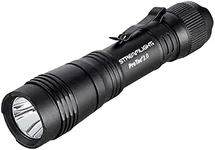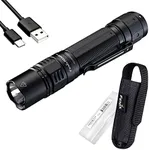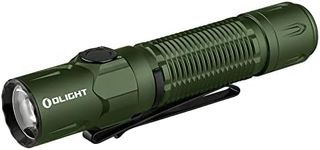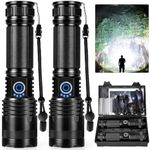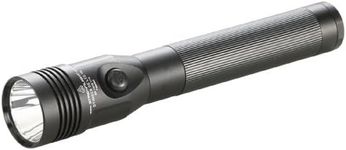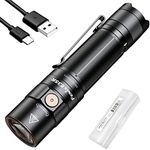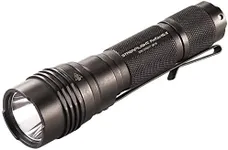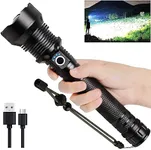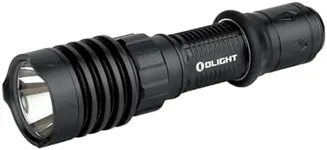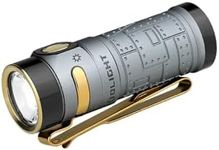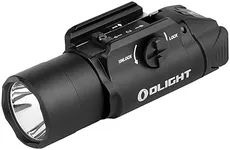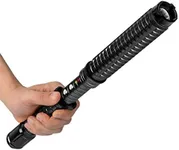Buying Guide for the Best Heavy Duty Flashlights
When choosing a heavy-duty flashlight, it's important to consider the specific needs and situations in which you'll be using it. Heavy-duty flashlights are designed to be durable, reliable, and powerful, making them ideal for outdoor adventures, emergency situations, and professional use. To find the best fit for you, focus on key specifications that will impact the flashlight's performance and suitability for your intended use.LumensLumens measure the total amount of visible light emitted by the flashlight. This spec is important because it determines how bright the flashlight will be. For general use, a flashlight with 100-300 lumens is sufficient. For outdoor activities like camping or hiking, 300-1000 lumens is recommended. For search and rescue or professional use, consider flashlights with over 1000 lumens. Choose the lumen output based on how much light you need for your specific tasks.
Beam DistanceBeam distance indicates how far the light will reach. This is crucial for activities where you need to see long distances, such as search and rescue operations or navigating in the dark. Short-range flashlights (up to 100 meters) are suitable for close-up tasks, medium-range (100-300 meters) for general outdoor use, and long-range (over 300 meters) for professional or emergency situations. Select a beam distance that matches the typical environments you'll be in.
Battery TypeThe type of battery used in a flashlight affects its runtime, weight, and convenience. Common battery types include disposable (AA, AAA) and rechargeable (Li-ion). Disposable batteries are easy to replace and find, making them ideal for occasional use. Rechargeable batteries are more cost-effective and environmentally friendly for frequent use. Consider how often you'll use the flashlight and whether you prefer the convenience of disposables or the long-term savings of rechargeables.
RuntimeRuntime refers to how long the flashlight can operate on a single set of batteries. This is important for ensuring the flashlight will last through your activities without needing frequent battery changes. Short runtimes (1-3 hours) are suitable for quick tasks, medium runtimes (3-10 hours) for extended use, and long runtimes (over 10 hours) for overnight or emergency situations. Choose a runtime that aligns with the duration of your typical usage.
DurabilityDurability is a measure of how well the flashlight can withstand rough conditions, such as drops, water exposure, and extreme temperatures. Look for flashlights with high impact resistance and water resistance ratings (IPX4, IPX7, or IPX8). For rugged outdoor use or professional applications, a flashlight with a robust build and high durability ratings is essential. Consider the environments you'll be in and select a flashlight that can handle those conditions.
Size and WeightThe size and weight of a flashlight affect its portability and ease of use. Compact and lightweight flashlights are easier to carry and handle, making them ideal for everyday carry or backpacking. Larger and heavier flashlights often provide more power and longer runtimes, suitable for professional use or situations where you don't need to carry the flashlight for long periods. Choose a size and weight that balance your need for portability with the performance you require.
Modes and FeaturesMany heavy-duty flashlights come with multiple modes (e.g., high, medium, low, strobe, SOS) and additional features like zoomable beams or built-in power banks. These can enhance the flashlight's versatility and usefulness in different scenarios. Consider which modes and features are important for your needs. For example, strobe and SOS modes are useful for emergencies, while adjustable beams can help focus light where you need it most. Select a flashlight with the modes and features that will be most beneficial for your intended use.
